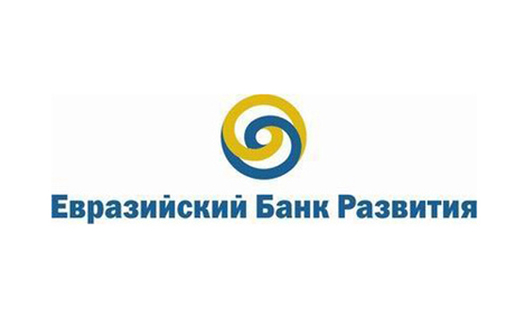YEREVAN, October 2. / ARKA /. According to the sixth report of a years-long research project in 2014 the fall in mutual foreign direct investments (FDI) between the CIS countries was $6.3 billion, or 12% year-on-year.
One of the main causes for this drastic decline in all mutual FDI in the CIS was the destabilized economic and political situation in Ukraine. At the same time, while overall investment activity in the CIS has shrunk, the young integration organization – the Eurasian Economic Union (EAEU) – demonstrates stability. Even despite the devaluation of national currencies, mutual FDI in the EAEU region in 2014 grew from $24.8 billion to $25.1 billion. The positive dynamics in investment flows in the EAEU was largely due to the advancement and strengthening of regional economic integration.
Russian transnational companies continue to remain the largest investors. Russian investors accounted for 84% of mutual FDI in the CIS and Georgia and Russia attracted almost 9% of mutual FDI. The second most important player in mutual investment flows is Kazakhstan with 9% of exported and 20% of imported mutual investments. The top five countries also include Ukraine, Belarus and Azerbaijan. Ukraine remains the largest recipient of FDI, although with a lower share than before (23% vs. 32% in the end of 2013). Interestingly, there was no massive withdrawal of Russian investors from Ukraine in 2014. The third country among the top three leaders is Belarus, which attracted 18% of investment in the CIS and Georgia.
Russia’s high indicators are ensured by several large companies. The top three Russian leaders – Gazprom, LUKOIL and VimpelCom – account for almost 38% of investment. They also have a very diverse geography, having no subsidiaries in three or four countries of the region only. Among other important investors, Inter RAO UES approaches the top three in terms of geographical coverage. Evraz, RUSAL, Sberbank and VTB have dropped from the list of leaders. Overall, the leading fifteen investors in the CIS provided $30.4 billion, or more than two thirds, of mutual investments.
The sectoral structure of FDI in the CIS is rather diverse, but, as concern Russian investments, traditional areas of specialisation dominate. The largest recipients of mutual FDI are the oil and gas sector, non-ferrous metallurgy, and telecommunications. The financial and transport sectors also play a notable part. In Kazakhstan, the agro-industrial sector and tourism stood out. Mutual FDI with Belarus were mainly represented by one sector – wholesale and retail distribution networks used by Belarusian producers to promote their commodities in the neighboring markets.
According to the report, the structure of investment flows in the near years is likely to change. The main causes for this will be the unstable situation in Ukraine and, accordingly, the decrease of the share of investors from other CIS countries in its economy, as well as the active development of mutual linkages in the EAEU. The EDB Centre for Integration Studies believes that the deepening of Eurasian integration within the EAEU and its single market opens new opportunities for corporate interaction and that the second tier investors, which represent a wide range of sectors, can build trans-boundary value-added chains more actively.
EDB researchers suggest that the data, analysis and conclusions presented in Monitoring of Mutual Investments in the CIS 2015 will help companies to better orientate themselves in the region’s business environment and the governments to promote mutually beneficial sector cooperation. -0-








